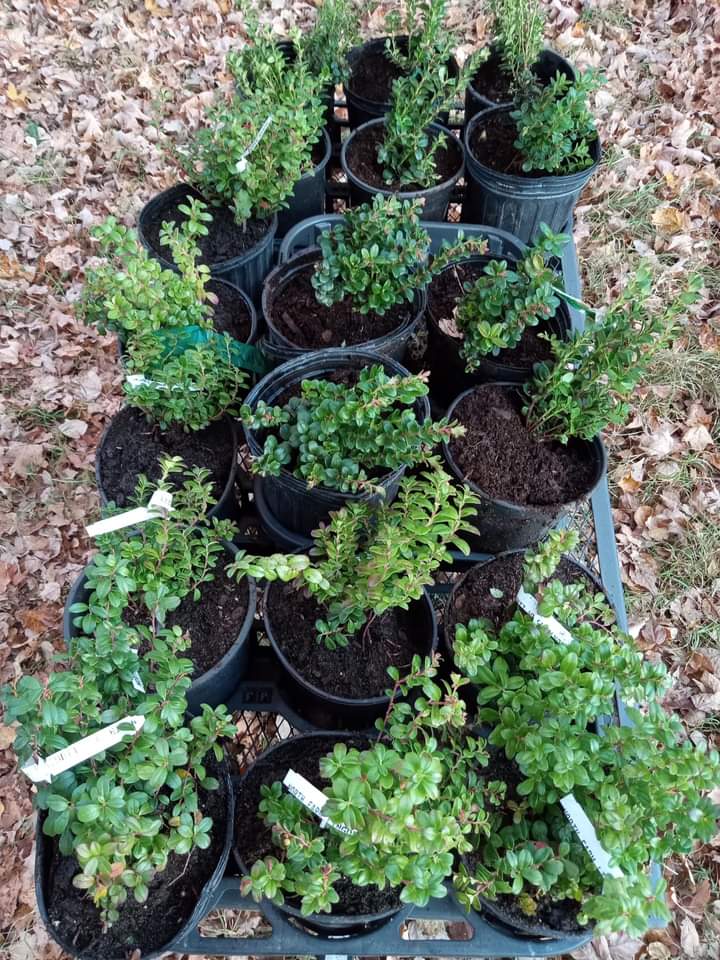Here’s to ecological diversity! We have been working with a client who’s asked for an abundant, diverse, edible landscape on a couple acres in the middle of Winston-Salem. They wanted lots of cider apples, but are also interested in a permaculture approach and maximum diversity. For this property, we’ve started by laying out a curvi-linear food forest with easy to maintain rows and double rows of fruiting trees, shrubs and bushes.
For the larger plant selection, we went with maximum diversity of edible species for a unique, resilient, and biodiverse orchard. Some of the plants included are: pomegranate, medlar, yuzu (cold hardy citrus), owari satsuma (cold hardy mandarin orange), sweet mountain ash, peach, plum, cherry, European pear, Asian pear, jujube, chestnut (Chinese, blight resistant), nectarine, paw paw, blackberry, raspberry, honey berry, elderberry, hibiscus, goumi, autumn berry, pineapple guava (cold hardy), aronia berry, yaupon holly (a native tea plant that contains caffeine), dwarf beach plum, rugosa rose (has edible hips chock full of vitamin c), and bunching table grapes. They are layed to ensure cross pollination, minimize disease transfer, and solar capture and efficiency.
These larger species are the backbone of the design, but even more opportunity exists in the underplanting between and amongst the over story species. The double rows we planted are spaced so that 1 roll of ground-cover fabric can effectively tarp the pathway between the trees and smother out the existing grass and weeds. This will make maintenance much easier while the trees establish, and it can then be removed in the future to reveal a weed free zone ready to be planted with herbs, vegetables, ground covers, and pollinator plants. These add-ons inject an even larger amount of diversity of species, yields, and system benefits.
